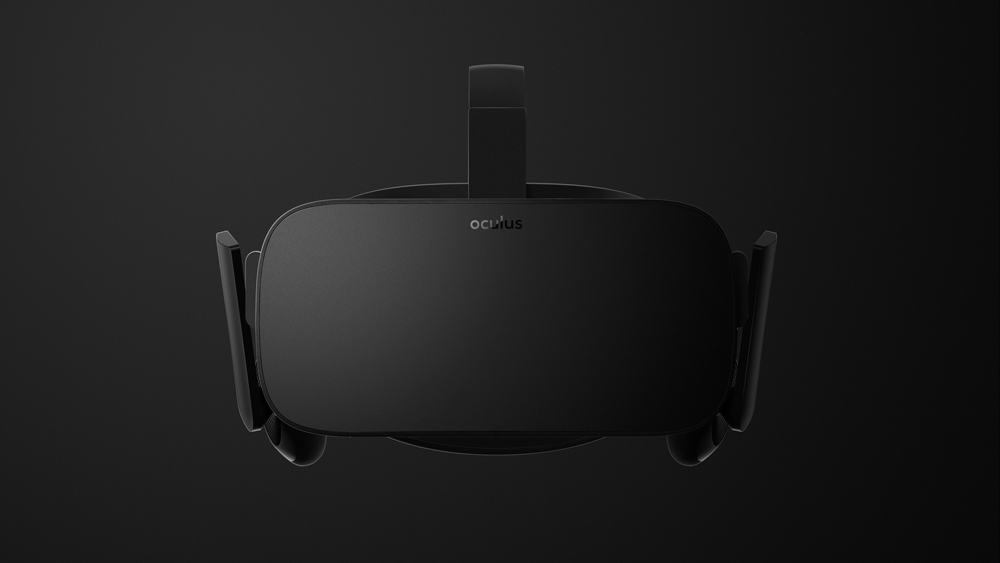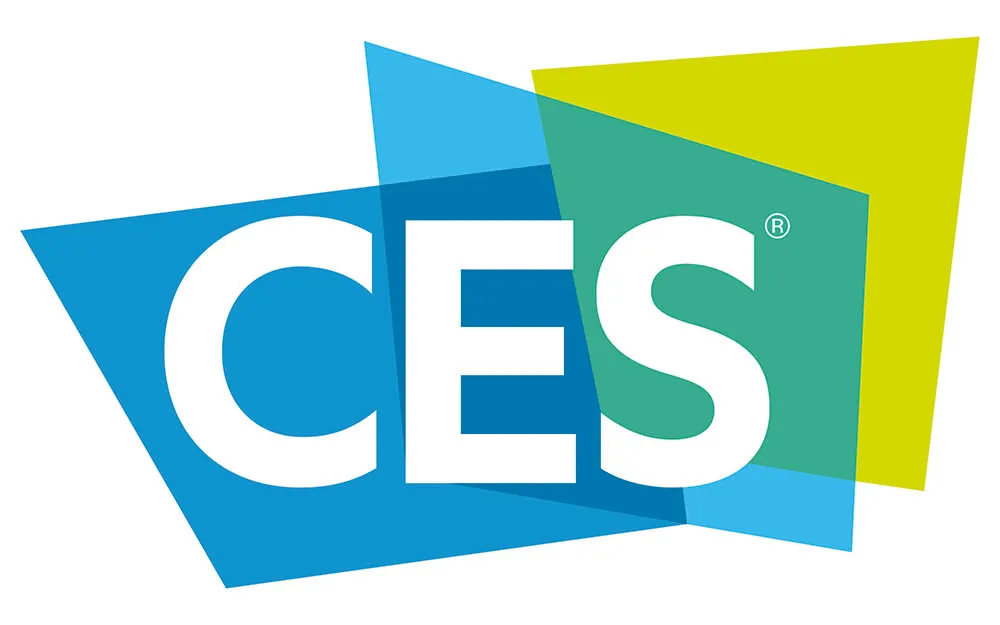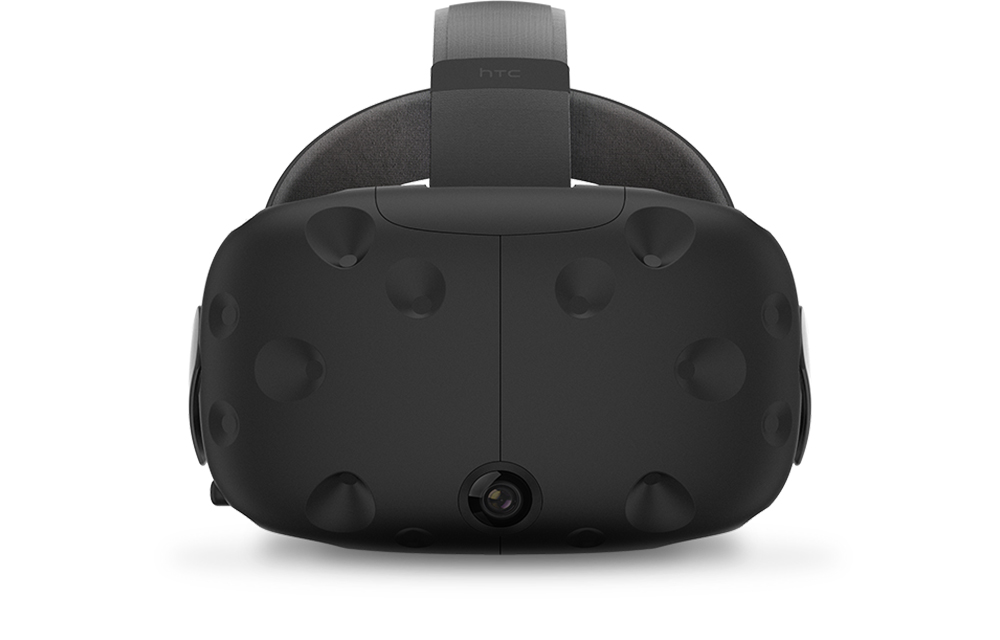Learning as much as we can about the Rift and Vive at CES in Las Vegas this week is our highest priority, but the competing VR platforms from Valve and Oculus are just the tip of the iceberg when it comes to VR-related technologies. We have a lengthy list of things to check out at the conference, including widely varying software experiences, treadmills that simulate walking, facial recognition, eye-tracking and much more.
For those unfamiliar with CES, the event technically begins later in the week but news about new products and technologies frequently breaks early and in a variety of ways. It comes in waves for big news, with rumors and leaks building into formalized announcements followed by hands-on reports.
We expect CES this year to be a bit different though because VR is such a new medium. Historically, some of the things which debut at CES or even get awards never actually make it to market. With VR, this may be doubly true as there is such a wide field of technologies which need to improve in the coming years for more immersive virtual worlds and it’s not clear which ones will be ready for prime-time this year versus five or 10 years from now.
This is why we hope you come back to UploadVR throughout the week, next week and beyond as we process what we learn. We will put information in front of you as we learn it, but what we learn will always be paired with what we don’t know yet too. With VR, those unknowns are more important than ever to understand.
The vast majority of VR technology — beyond the software experiences actually inside VR — breaks down into three categories: tracking, rendering and displays.

VR experiences must track your human movements. Your head is first. Your hands come next, then your feet, body, eyes and mouth. A variety of solutions will do this with increasing quality — tracking tinier movements more times each second — and when it can be done at a low enough cost then it will become part of a consumer product your can buy. This means we will be looking at a wide variety of computer vision technologies like SMI’s “foveated rendering” that are designed to lower the cost of more immersive VR.
As the tracking data is fed to a computer, worlds will be rendered by graphics chips such as those by AMD and NVIDIA and then displayed in front of the eyes using screens from companies like Samsung. Some time in the future, light fields (like those from Magic Leap) might be used to display virtual objects and scenes for people. For now, though, we are likely to see a number of technologies which aim to pack millions of pixels into very tiny screens that flash new images from the rendering chip 90 times or more each second, for each eye, to create a sense of presence.
All the above is the hardware that makes a VR experience work and none of it matters to consumers unless it is both low cost and comes paired with great software that can take advantage of the better, cheaper hardware. At CES we will be going hands-on and eyes-in with as many experiences we can stuff in between what will likely be too few hours of sleep.



























